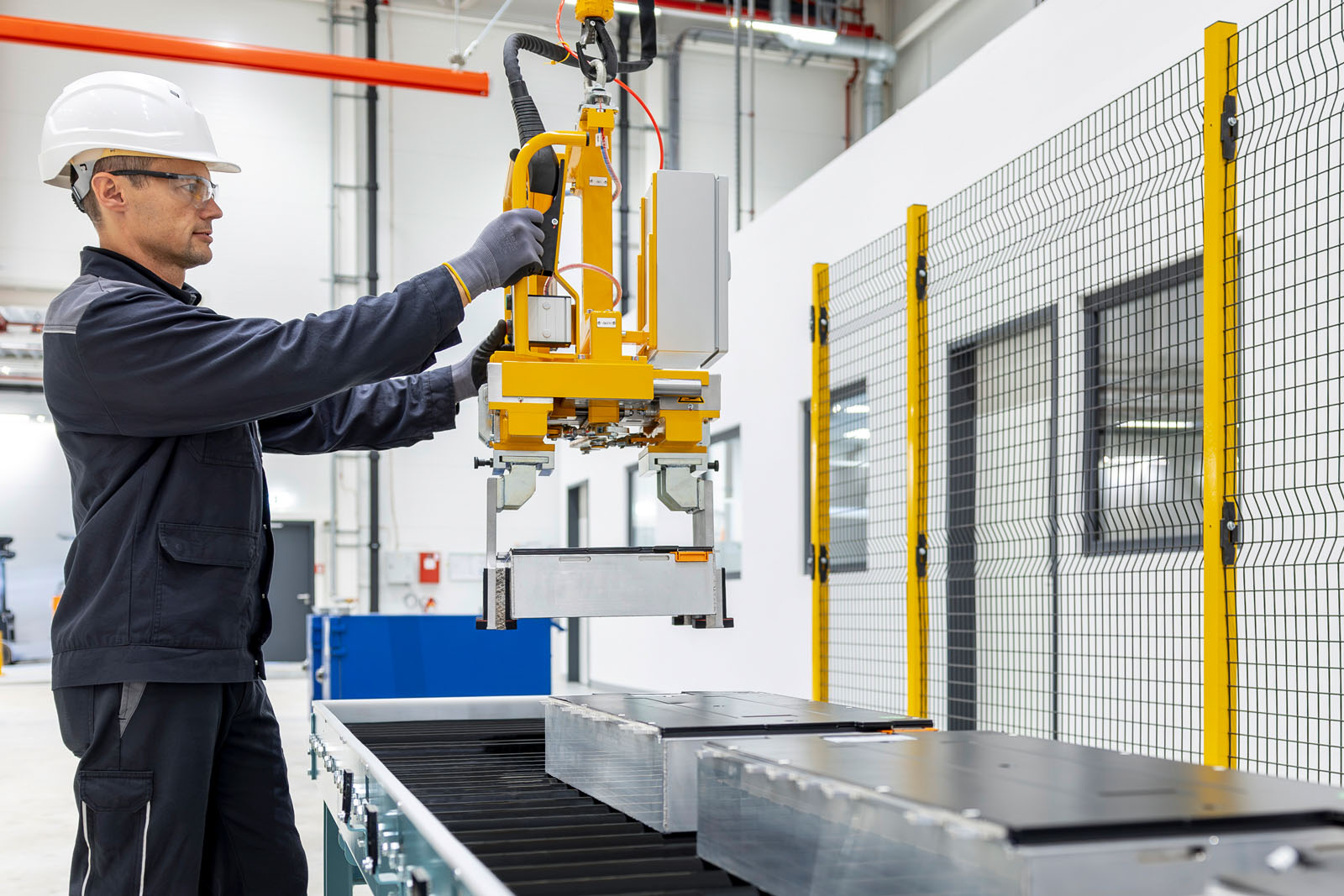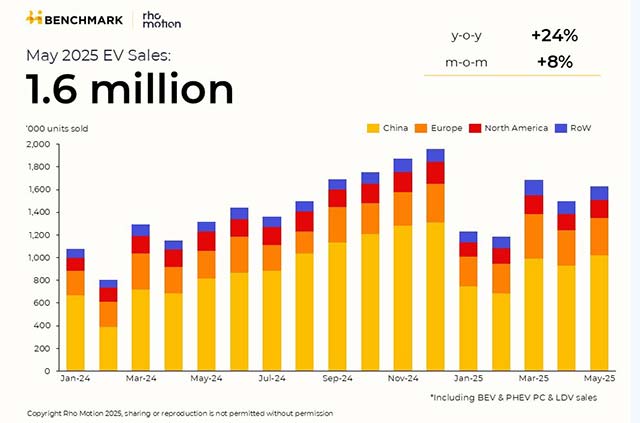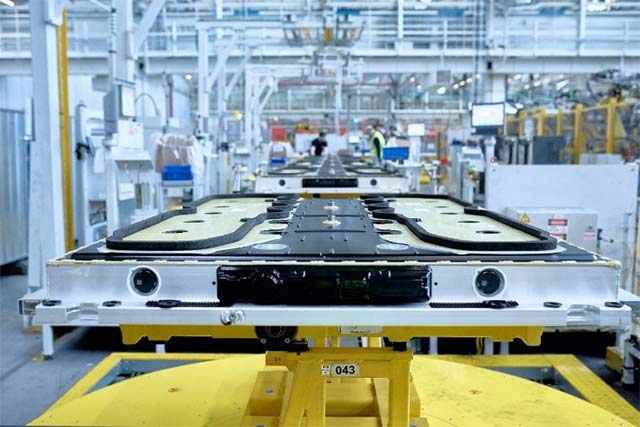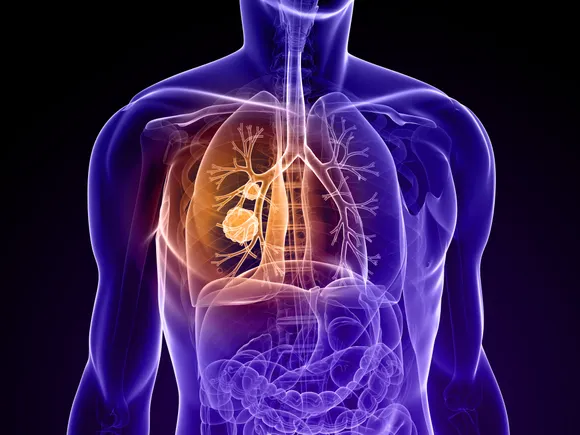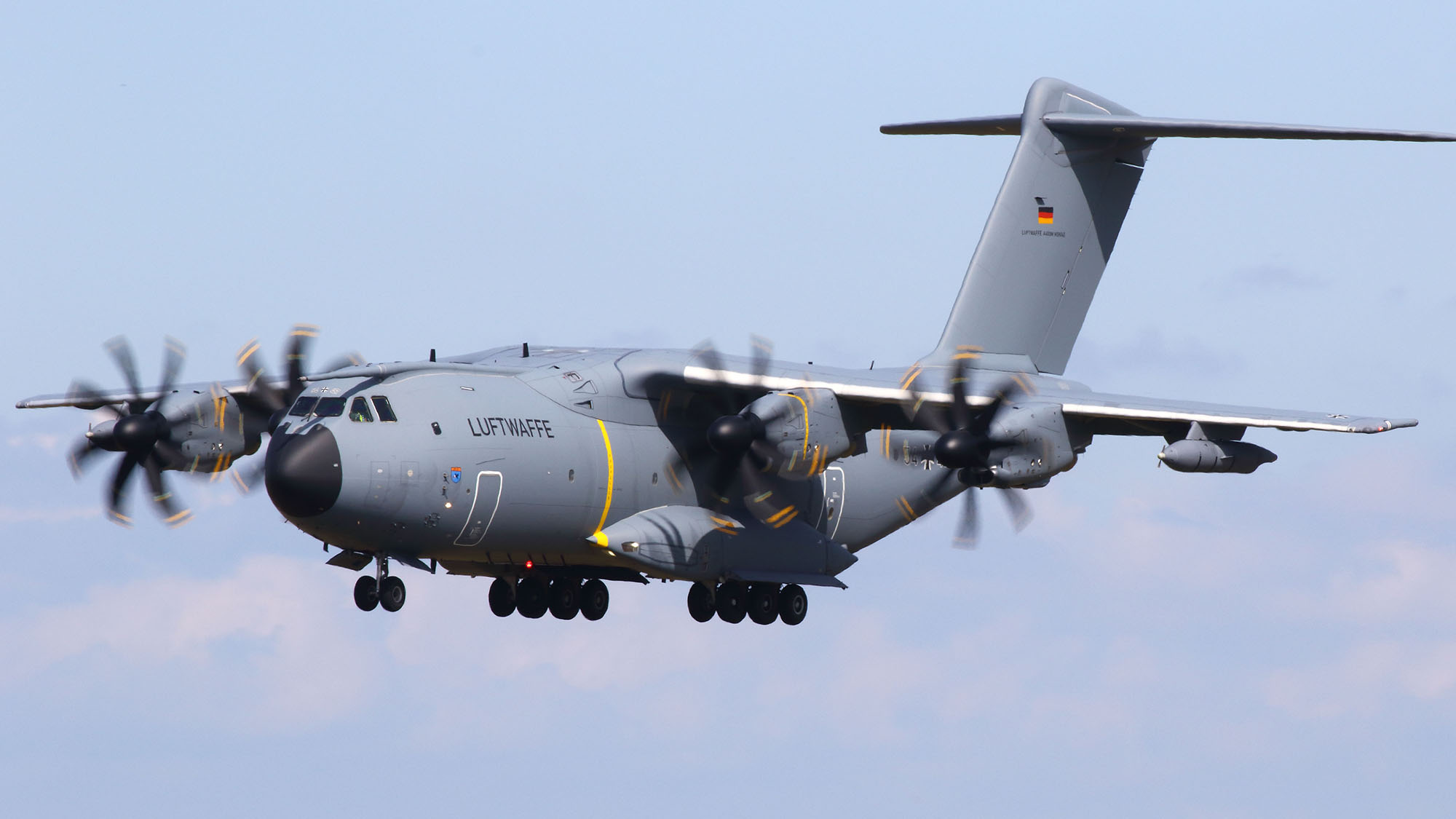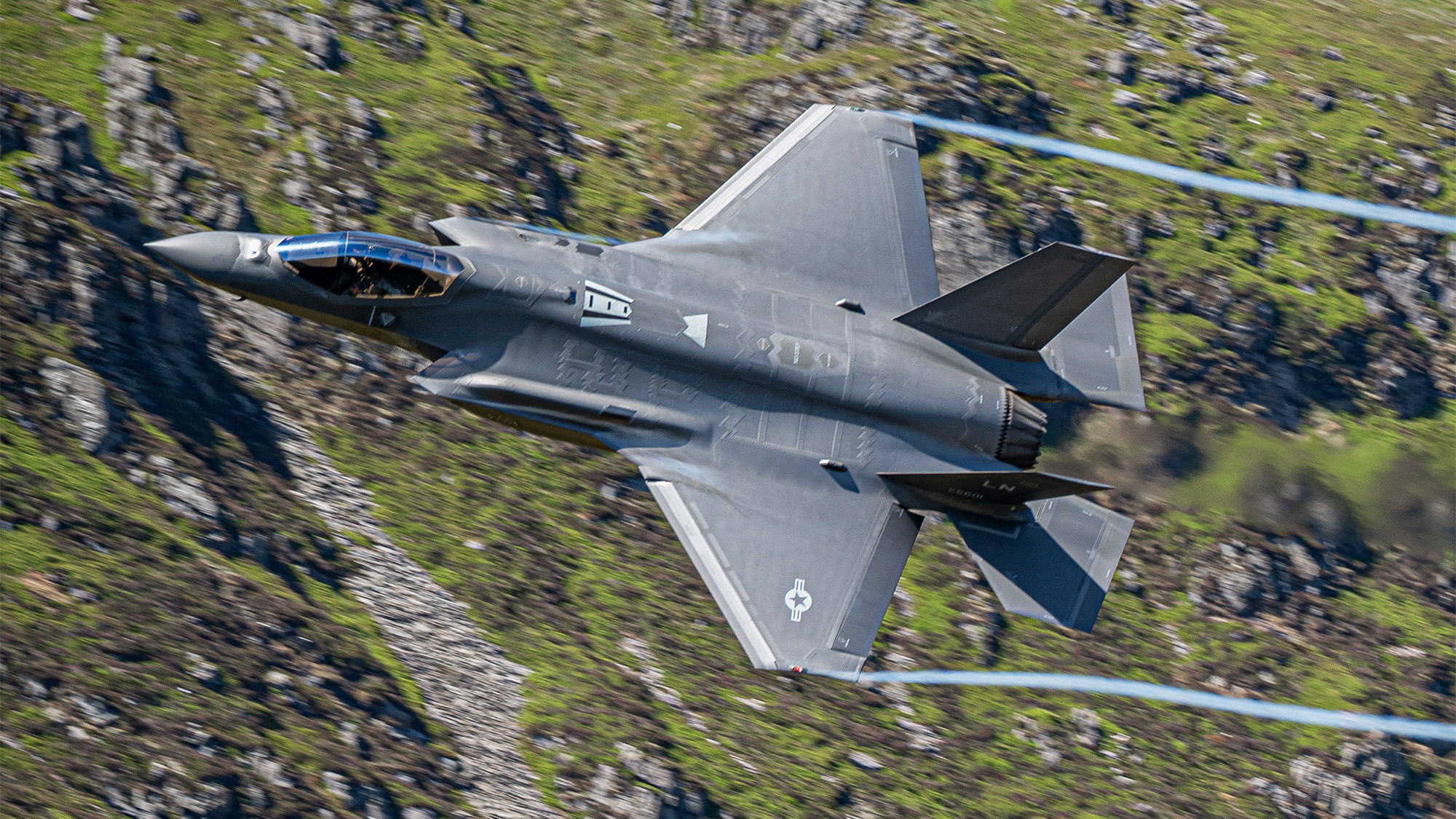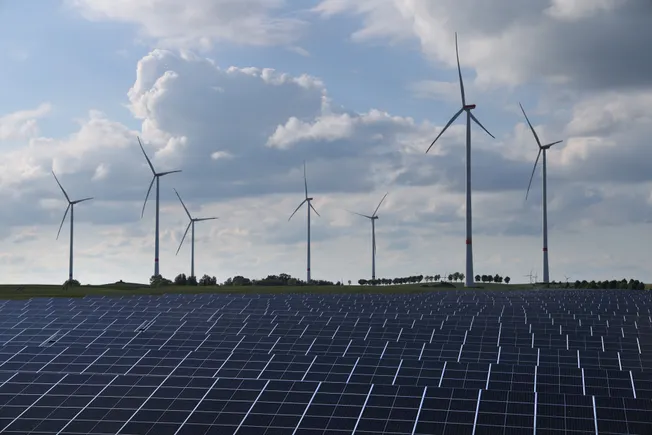Engineering Anisotropic Mechanical Properties in Large‐Scale Fabricated Cartilage Constructs Using Microfiber Reinforcement
Advanced Healthcare Materials, EarlyView.

This study presents the development of large-scale (15 cm2) cartilage constructs with anisotropic mechanical properties using melt electrowritten (MEW) microfiber reinforced cell-laden gelatin methacryloyl (gelMA). These constructs mimic the mechanical behavior of native cartilage, providing a suitable environment for Articular Cartilage Chondroprogenitor cells (ACPCs) to deposit cartilage-like matrix, offering a promising solution for repairing large cartilage defects.
Abstract
Despite the growing prevalence of cartilage damage in the knee joint, effective regenerative treatments remain limited. One of the current challenges is the accurate matching of the local mechanical properties of the tissue, which vary throughout the articular joint surface. This study investigates the fabrication of cartilage constructs with anisotropic mechanical properties. Specifically, it aims to develop composite constructs by reinforcing gelatin-methacryloyl (gelMA) hydrogels with melt electrowritten (MEW) fibers arranged to mimic the surface anisotropic mechanical properties of the native articular cartilage. Large-size anisotropic MEW scaffolds are successfully generated, after which they are embedded in the hydrogel, yielding stable constructs. Local mechanical properties can be tailored by varying the fiber spacing while providing a suitable environment for Articular Cartilage Chondroprogenitor cells (ACPCs) to deposit a cartilage-like matrix. Importantly, unlike reinforcement with fibers generated with fused deposition modeling (FDM), reinforcement with MEW avoided stress shielding, thereby facilitating cell response. This highlights the potential of these reinforced constructs to further match local tissue characteristics and provide a durable solution for the restoration of larger cartilage defects.













